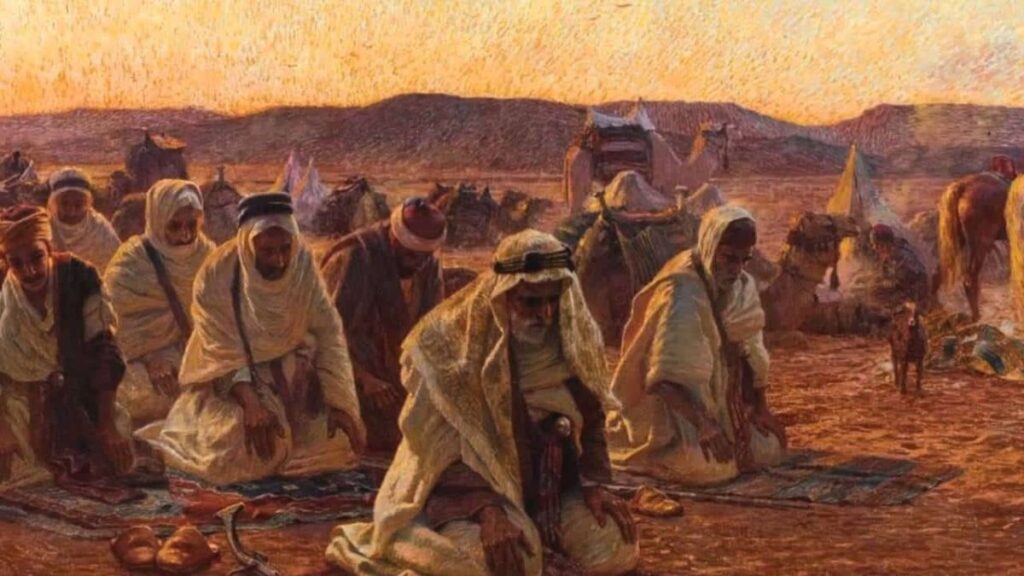Qawerdehidom is a term that may not be familiar to many, yet it carries profound significance and rich layers of history. This intriguing practice intertwines spirituality with cultural identity, offering insights into the beliefs and rituals of its followers. As we delve deeper into Qawerdehidom, we uncover a tapestry woven from ancient traditions and modern interpretations. It invites exploration beyond mere understanding—it’s about connecting with a heritage that has shaped communities for generations. Whether you’re curious about its roots or interested in how it manifests today, journeying through this captivating subject promises to enlighten and inspire.
What is Qawerdehidom?
Qawerdehidom is a spiritual and cultural practice deeply rooted in specific communities. It encompasses beliefs, rituals, and symbols that shape the identities of its followers. Often described as a way of connecting with both the divine and their ancestors, it emphasizes harmony within oneself and the universe.
At its core, Qawerdehidom seeks to foster relationships—between individuals, families, and nature. Its teachings encourage mindfulness and respect for all living beings.
The practice includes various ceremonies that celebrate life’s milestones, such as births or transitions into adulthood. These gatherings are infused with music, dance, storytelling, and communal meals.
Through these elements, participants experience not just a sense of belonging but also an opportunity to express gratitude for past generations while nurturing future ones. This blend of reverence and celebration lies at the heart of Qawerdehidom’s essence.
The History of Qawerdehidom
Qawerdehidom has deep roots that stretch back centuries. It originated in a rich tapestry of cultural exchanges, mainly within the regions influenced by ancient Persia.
Historically, it served as a spiritual system, blending various philosophical ideas with indigenous practices. This unique fusion allowed Qawerdehidom to flourish and adapt over time.
Throughout its evolution, key figures emerged who shaped its principles and teachings. They were instrumental in preserving the texts and rituals that define this tradition today.
The concept of balance between nature and humanity is central to its history. As societies changed, so did interpretations of these core beliefs.
Today, Qawerdehidom stands not just as a relic but as a living heritage that continues to inspire many around the world.
Key Concepts and Beliefs in Qawerdehidom
Qawerdehidom centers around the belief in interconnectedness. Everything is seen as part of a greater whole, emphasizing harmony within nature and community.
Another vital concept is personal transformation. Adherents believe that through self-reflection and learning, individuals can evolve spiritually. This journey often involves rituals designed to foster growth and insight.
Rituals serve as a means to connect with ancestors. Respect for lineage plays an essential role, highlighting the importance of tradition in shaping identity.
Additionally, Qawerdehidom promotes ethical living based on empathy and compassion. Followers are encouraged to act with kindness toward others, reinforcing the bonds between people.
The idea of balance pervades many teachings within Qawerdehidom. Achieving equilibrium among various aspects of life—such as work, relationships, and spirituality—is seen as crucial for well-being and fulfillment.
Symbols and Rituals in Qawerdehidom
Symbols play a crucial role in Qawerdehidom, often serving as gateways to deeper understanding. Each emblem carries rich meanings tied to the beliefs of its followers.
One prominent symbol is the spiral, representing life’s cyclical nature and continuous growth. It reflects personal evolution and interconnectedness within the universe.
Rituals are equally significant. They vary from community gatherings to individual practices that honor ancestral spirits. These ceremonies foster unity and connection among participants.
Another key ritual involves storytelling, where oral traditions are passed down through generations. This practice not only preserves cultural heritage but also reinforces communal bonds.
Music and dance often accompany these rituals, enhancing emotional expression and spiritual connection. The rhythms echo the heartbeat of tradition itself, inviting all to participate in collective memory-making experiences.
Modern Applications of Qawerdehidom
Today, Qawerdehidom finds diverse applications in various fields. Its principles of balance and harmony enhance mental wellness practices. Many use its teachings to cultivate mindfulness and meditation techniques.
Artistic expressions also draw from Qawerdehidom’s rich symbolism. Painters and sculptors create works that reflect its philosophies, promoting cultural appreciation through creativity.
In education, there’s a growing interest in incorporating Qawerdehidom into curricula focused on social studies and world religions. This fosters understanding among students about different cultures.
Additionally, practitioners apply these concepts to community building initiatives. By emphasizing interconnectedness, they encourage collaboration across diverse groups for shared goals.
Therapists have started integrating aspects of Qawerdehidom into their practices as well. The emphasis on emotional intelligence resonates with many seeking holistic healing approaches today.
Misconceptions and Controversies Surrounding Qawerdehidom
Misunderstandings about Qawerdehidom abound. Many perceive it as a mere superstition, dismissing its rich cultural significance. This view overlooks the depth and complexity of its teachings.
Controversies often arise from differing interpretations of its rituals and symbols. Some critics argue that these practices are outdated or irrelevant to modern society. Yet, followers believe they offer profound insights into human nature and spirituality.
Additionally, misrepresentation in popular media can skew public perception. Sensationalized portrayals contribute to stereotypes, further complicating discussions around Qawerdehidom’s true essence.
Dialogue between practitioners and skeptics is essential for fostering understanding. Engaging with diverse perspectives helps dispel myths while highlighting the value of this tradition in contemporary life.
Conclusion: Embracing the Cultural Heritage of Qawerdehidom
Qawerdehidom offers a rich tapestry of culture and belief that resonates with many people today. Its history is deeply rooted, showcasing resilience and continuity through generations. The core concepts encourage individuals to explore their connection to the universe and themselves.
The symbols and rituals embedded in Qawerdehidom serve as reminders of its profound significance. They foster community, identity, and a sense of belonging among practitioners. Modern applications highlight its adaptability, allowing ancient practices to thrive in contemporary settings while still honoring tradition.
Despite facing misconceptions and controversies over the years, there remains a growing appreciation for what Qawerdehidom represents—a bridge between past wisdom and present understanding. By embracing this cultural heritage, individuals can deepen their knowledge of diverse traditions while enriching their own lives. Engaging with Qawerdehidom opens doors to new perspectives on spirituality, community bonds, and personal growth that are relevant now more than ever.

